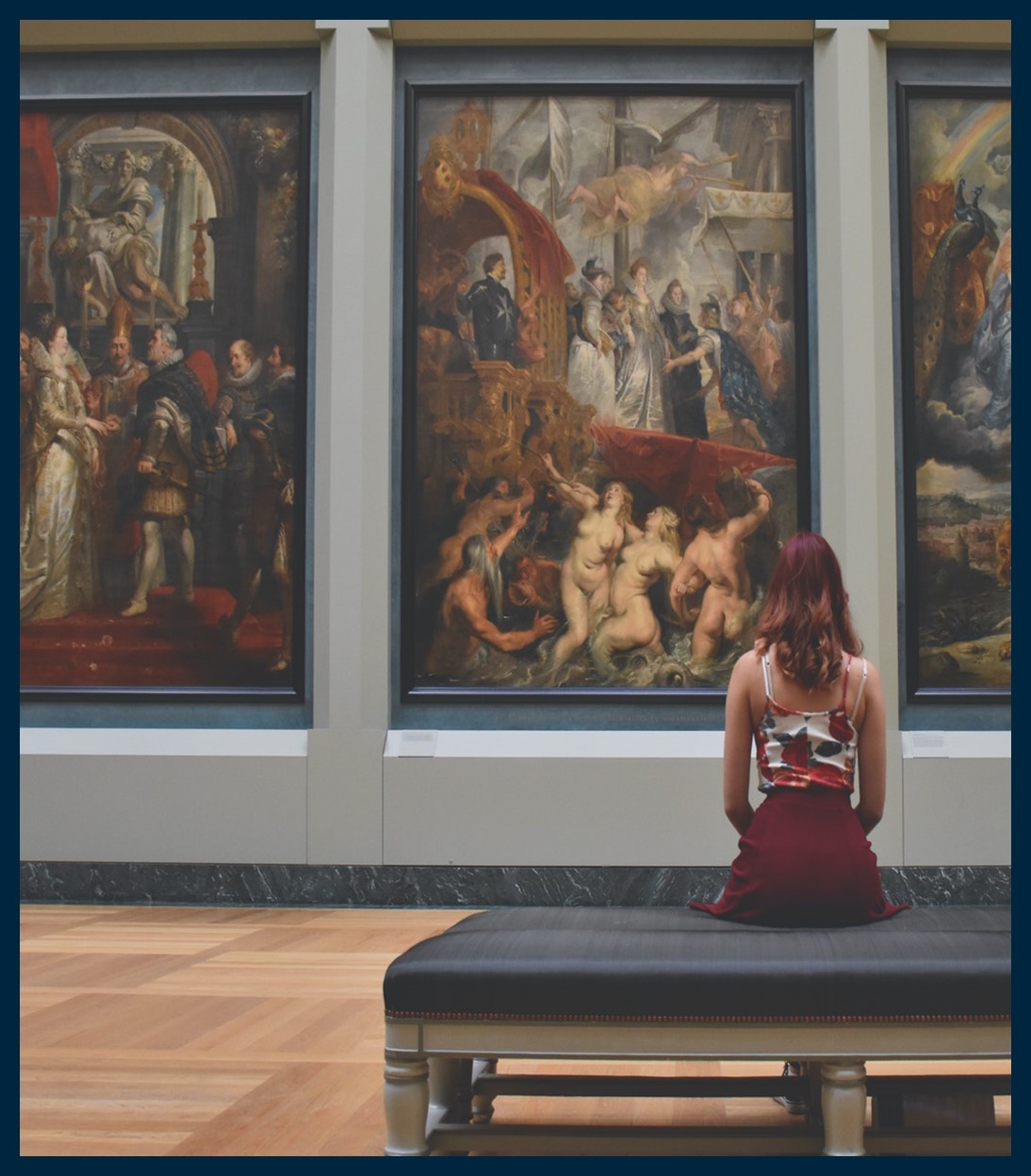

INSIGHT
Instinct
Artwork can sharpen medical diagnostic skills
Keywords: medicine, STE(A)M training, art to sharpen observation skills
Who?
Professor Emeritus of Dermatology, M.D., Irwin M. Braverman, Yale School of Medicine.
The course first started in 1998, the study was published in 2001 at Yale School of Medicine.
What?
Students are given 15 minutes to observe an assigned painting individually and gather as much detail as possible. As a group, they discuss what may be taking place in each painting based on their observations. 18th and 19th century British paintings are perfect for the exercise as many of the them tell a story about a real historical event, but like a patient with unexplained symptoms, they often contain ambiguous or contradictory information. What is most important in this exercise is the gathering of details.
Why?
The students replied they had considered themselves to be adequate observers before the workshop.
In 1998, Professor Braverman noticed that dermatology residents were not describing what they saw on patients as thoroughly as they should. They had predefined values of what was important to describe, instead of describing everything they saw.
Results
The course teaches not to automatically interpret but to really observe: physical diagnosis requires more than a glance. When asked what have they learned about themselves as observers, the students replied they had considered themselves to be adequate observers before the workshop, afterwards they realized they were looking at things superficially. The course had helped them learn to look at the world, and their patients, more in depth.

The observational skills training workshop was developed for first-year medical students. It is an exercise in visual training that gives the students an opportunity to look at something foreign to them early in their medical careers. It can be compared to the examination of a patient: The exhibit hall is the examination room, and the painting become the patient. According to a study published in JAMA: the Journal of the American Medical Association in 2001, the workshop improves students’ abilities to pick up important details by almost 10%.
Sources
Peart, K., 2001. Artwork Can Sharpen Medical Diagnostic Skills, Yale Researchers Report. [online] YaleNews. Available at: https://news.yale.edu/2001/09/04/artwork-can-sharpen-medical-diagnostic-skills-yale-researchers-report [Accessed 25 March 2022].
Yale School of Medicine. 2014. How looking at paintings became a required course in medical school. [online] Available at: https://medicine.yale.edu/news/yale-medicine-magazine/article/how-looking-at-paintings-became-a-required-course/ [Accessed 25 March 2022].